Rail trails provide a good entrée into cycle touring. With wide pathways and gentle gradients, they are achievable for cyclists of all abilities. While the cycling itself can be a little monotonous, the reward is easy access to quirky small towns and places of historical interest you might not otherwise have visited.
In New Zealand, it was the success of a rail trail - the Otago Central Rail Trail - that helped prompt the development of many other cycle trails throughout the country. Rail trails, and trails that include sections of disused tramway or rail corridors, now form a sizeable part of the New Zealand Cycle Trail network. And there are plenty of other more challenging rides that might not have been developed if a rail trail hadn’t paved the way (figuratively speaking).
The Little River Rail Trail is the closest rail trail to me, connecting Christchurch to the small settlement of Little River on Banks Peninsula. It’s categorised as a Heartland Ride, which means it’s not quite of the standard you’d expect of a Great Ride, but still a scenic ride through rural New Zealand. Officially it’s a grade 2-3 ride (easy to intermediate), but it’s not at all difficult at any point.
The trail is about 55 kilometres long, so most people can easily cycle the whole trail in one day. However, there are various access points along the way if you want a shorter ride, and accommodation is available at Little River for those wanting to cycle the full trail and back again over two days.
I’ve had variable experiences with the trail in the past. I found it a great introduction to cycling on gravel, and there’s a fantastic café and gallery at the Little River end. But, as with all rail trails, there are some long boring bits and it’s very exposed to the elements. It can be scorching hot in summer and there’s no protection from the winds.
When Chris and I were training for cycling the length of the North Island, and building up time in the saddle, we decided to do the return trip from our home in north Christchurch - a 126 kilometre trip. We were unlucky to get a head wind most of the way to Little River, and then the wind changed, and we had a head wind all the way home. I vowed to never the cycle the trail again.
But, this winter, looking for somewhere different to ride, I decided to give it another go.
The trail starts in the centre of Christchurch and follows quiet back streets and a shared pathway by the southern motorway to take you safely out of the city and on to the town of Prebbleton. From here, another shared path keeps you off the busy road to Lincoln. It’s easy urban riding and sealed the whole way. However, with limited time in our day, Chris and I decided to skip these first few sections and start our ride at Lincoln instead, cycling to Little River and back again from there.
The route between Lincoln and Motukarara offers the most varied cycling because it doesn’t follow the straight path of the old railway line. Instead, it winds nearby through farmland and wetland areas, and alongside a small river. It’s the most comfortable section to ride, with smooth surfaces that are a mix of fine gravel path, dirt track and sealed road.
The trail joins the old railway line at Motukarara, where the original station building is still standing. It’s a lovely sunny spot and the perfect place to take a break. This was the original starting point of the trail when it opened in 2006. Judging by the cars in the car park, it is still a popular place to start today.
From Motukarara, the trail takes a long straight route all the way to the turn-off to Birdlings Flat. It’s a bumpy gravel track and one of the more exposed sections so it’s less enjoyable to cycle. But it is a scenic ride.
For much of the way, this section of the trail travels along the eastern edge of Te Waihora / Lake Ellesmere, a shallow coastal lake and home to a wide variety of birdlife. The lake is of cultural significance to Ngāi Tahi as an important site for gathering food and resources, and it was originally known Te Kete Ika o Rākaihautū (The Fish Basket of Rākaihautū). Over time, the health of the lake has declined - in large part due to increasing agricultural activity in the catchment - and Ngāi Tahu and Environment Canterbury (the regional council) are jointly managing work to restore it.
From the trail, there are magnificent views across the lake to the Southern Alps in the distance, best seen when cycling in the other direction (back to Motukarara), or from the Kaituna Quarry Reserve. The old quarry site is a small rocky hill by the edge of the lake in otherwise flat countryside. There’s an old brick building onsite, once used to store explosives, and the remains of old gun emplacements.
Birdlings Flat is an interesting destination in itself, and it’s well worth making the short detour off the trail to the coastal settlement (just a kilometre away along a sealed road). It has a long pebble beach that gets pounded by the sea and is known for its agate gemstones. One of the local residents displays his private collection in a small gemstone and fossil museum you can visit for free.
The eastern side of the settlement is bounded by hills and the sea outlet for Te Roto o Wairewa / Lake Forsyth. The shingle channel is frequently closed (as it was when we visited) due to the sea washing up waves of stones and needs to be bulldozed open from time to time.
To the west is the Kaitorete Spit, a narrow strip of land that extends for 27 kilometres between the sea and the southern edge of Te Waihora / Lake Ellesmere. The spit is home to a scientific reserve (several endangered plant and animal species live here) and the new Tawhaki National Aerospace Centre, a partnership between the New Zealand government and local rūnanga (the indigenous people of the area).
We didn’t have time to linger in Birdlings Flat on this ride, so we made a separate trip, returning to stay a couple of nights a few weeks later. We spent a day cycling along the Kaitorete Spit (on a mostly gravel road) to just short of the outlet for Te Waihora / Lake Ellesmere (also closed) and returned to Christchurch with piles of coloured stones from the beach.
The final stretch of the trail to Little River heads east along the old railway embankment between the main road and Te Roto o Wairewa / Lake Forsyth. Because it’s close to the hills, it doesn’t get a lot of winter sun, making it a cold (and sometimes mucky) ride. It’s better in summer, although you can encounter a strong head wind as you cycle by the lake. There’s access to the lake at Caton’s Bay but, as with Te Waihora / Lake Ellesmere, it has poor water quality.
The reward for cycling to Little River is good food and coffee at the Little River Café and Store. Better still, the café connects to the wonderful Little River Gallery, which showcases New Zealand artists and sells a wide selection of New Zealand-made jewellery, crafts, paintings, books and gifts.
After a late lunch and a browse around the gallery, Chris and I turned around and headed back to Christchurch. It was shaping up to be a great day out, with little wind and plenty to keep us interested along the way. Unfortunately, however, I acquired a slow puncture as we passed back through Motukarara.
The sensible thing would have been to simply change the tube, but the wheel was covered in sheep poo and I figured the puncture was slow enough that we could simply pump it up a few times for the remaining 14 kilometres. The next sensible thing would have been to cycle at my normal pace and enjoy the ride. But we were fast losing daylight hours, so instead I biked as fast as I could to try and cover as much ground as possible before the tube deflated again. Not the best decision given I was tiring from the 65 kilometres we’d already cycled.
We repumped the tube several times and made it back to the car just before sunset but I was feeling exhausted by then. So, overall, a good day out, but maybe not a great one. Perhaps next time.

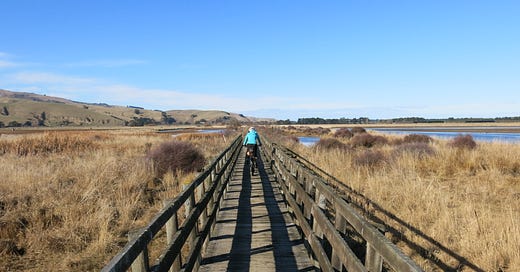





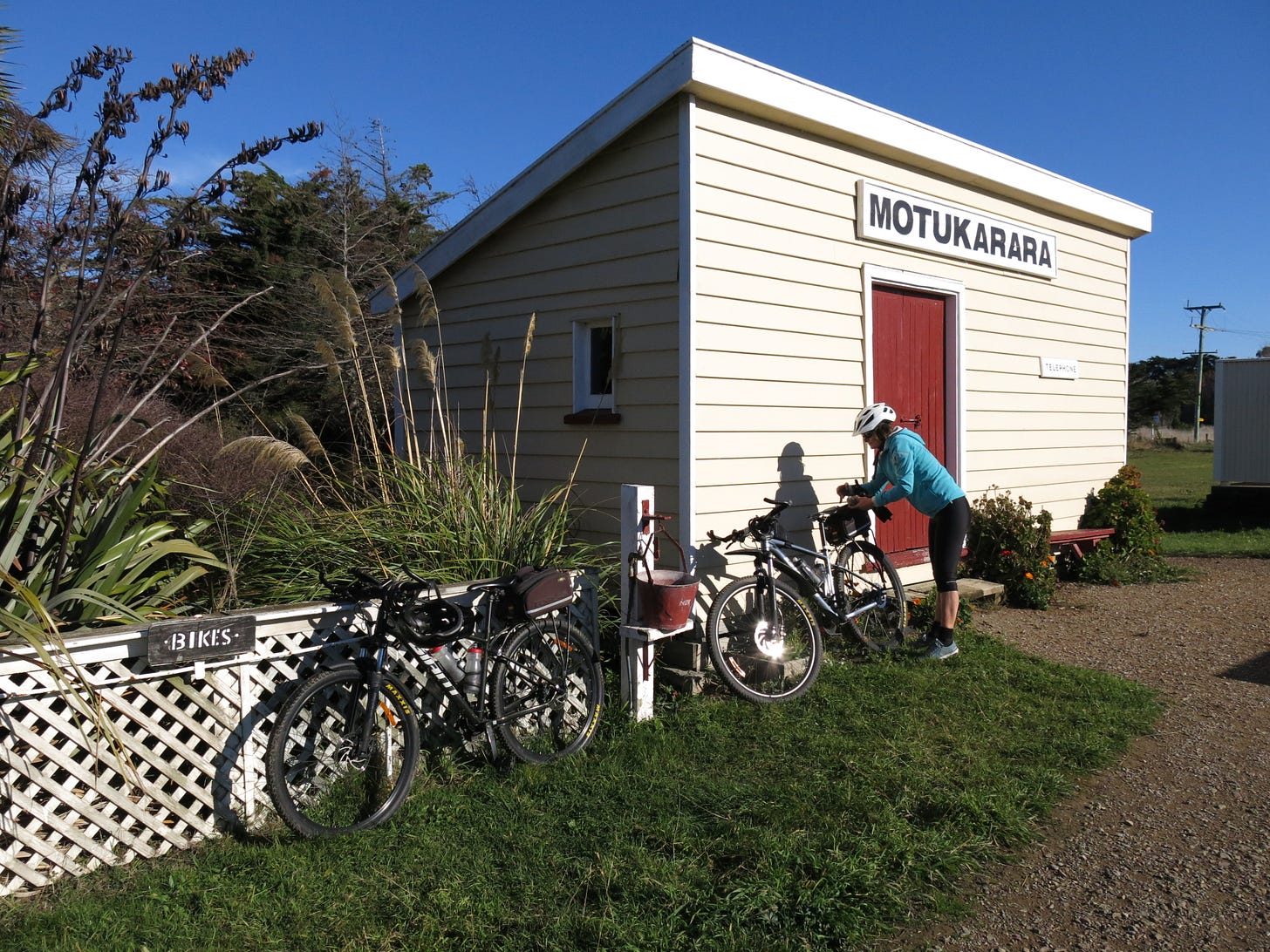
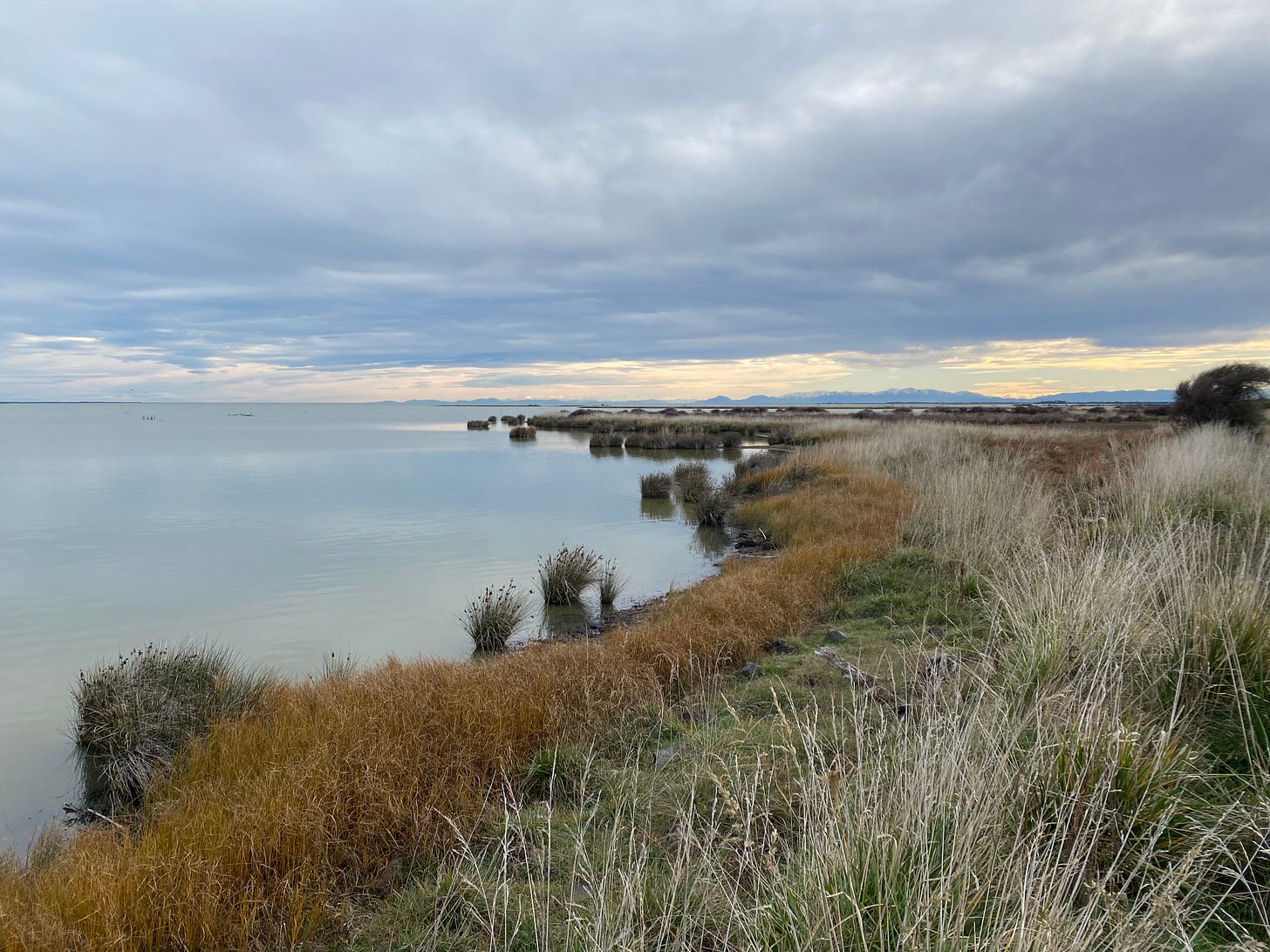
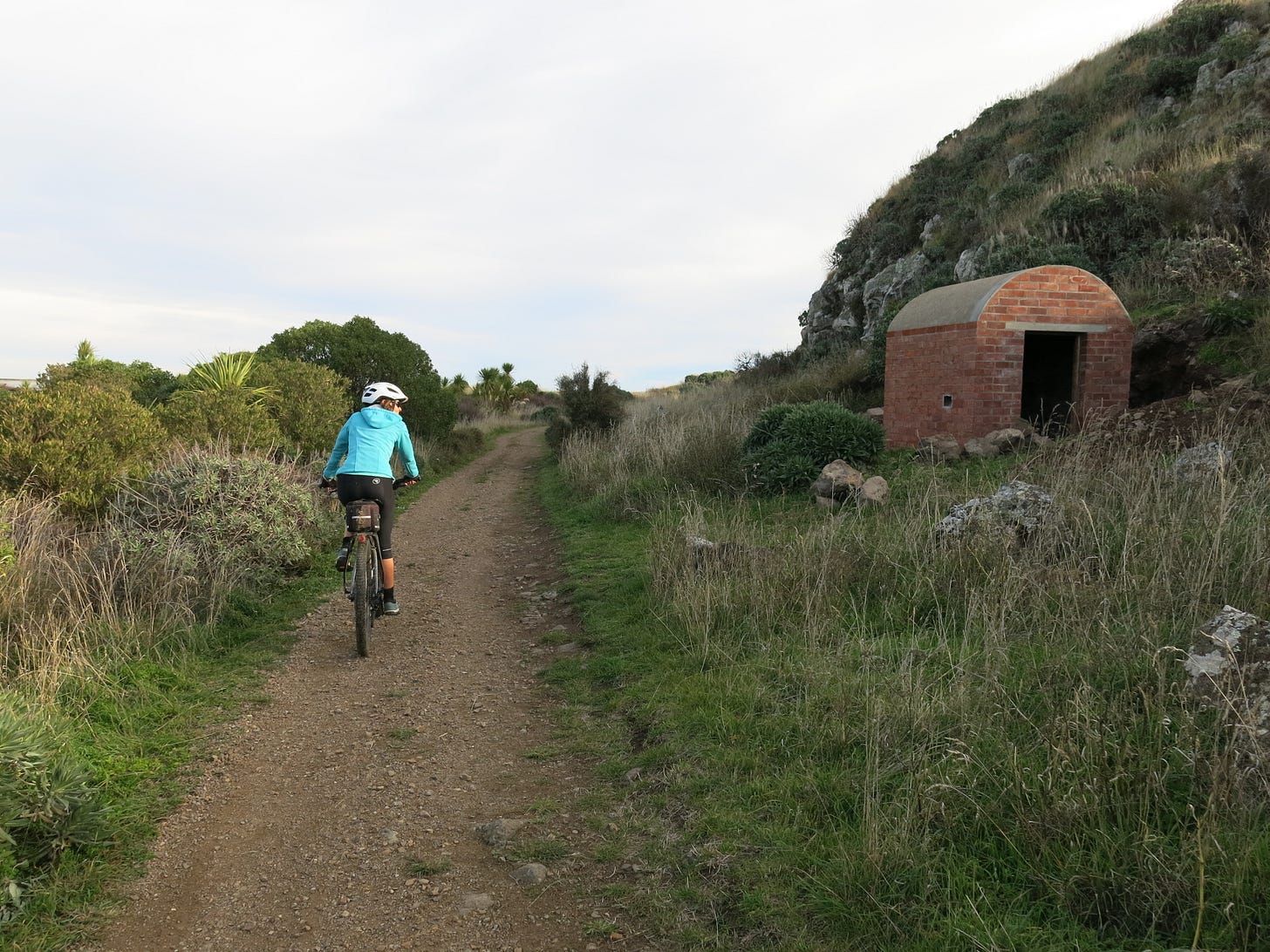

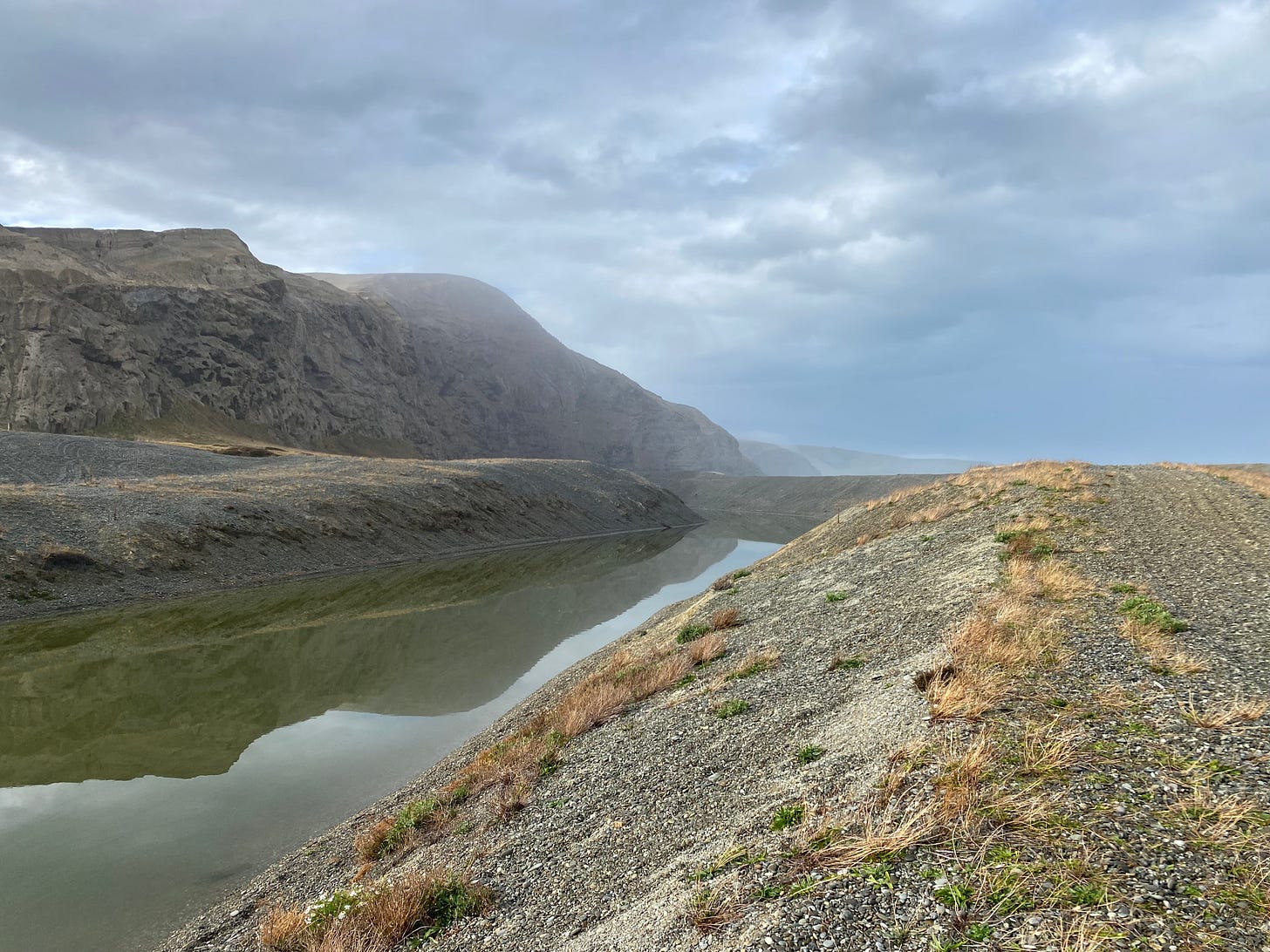
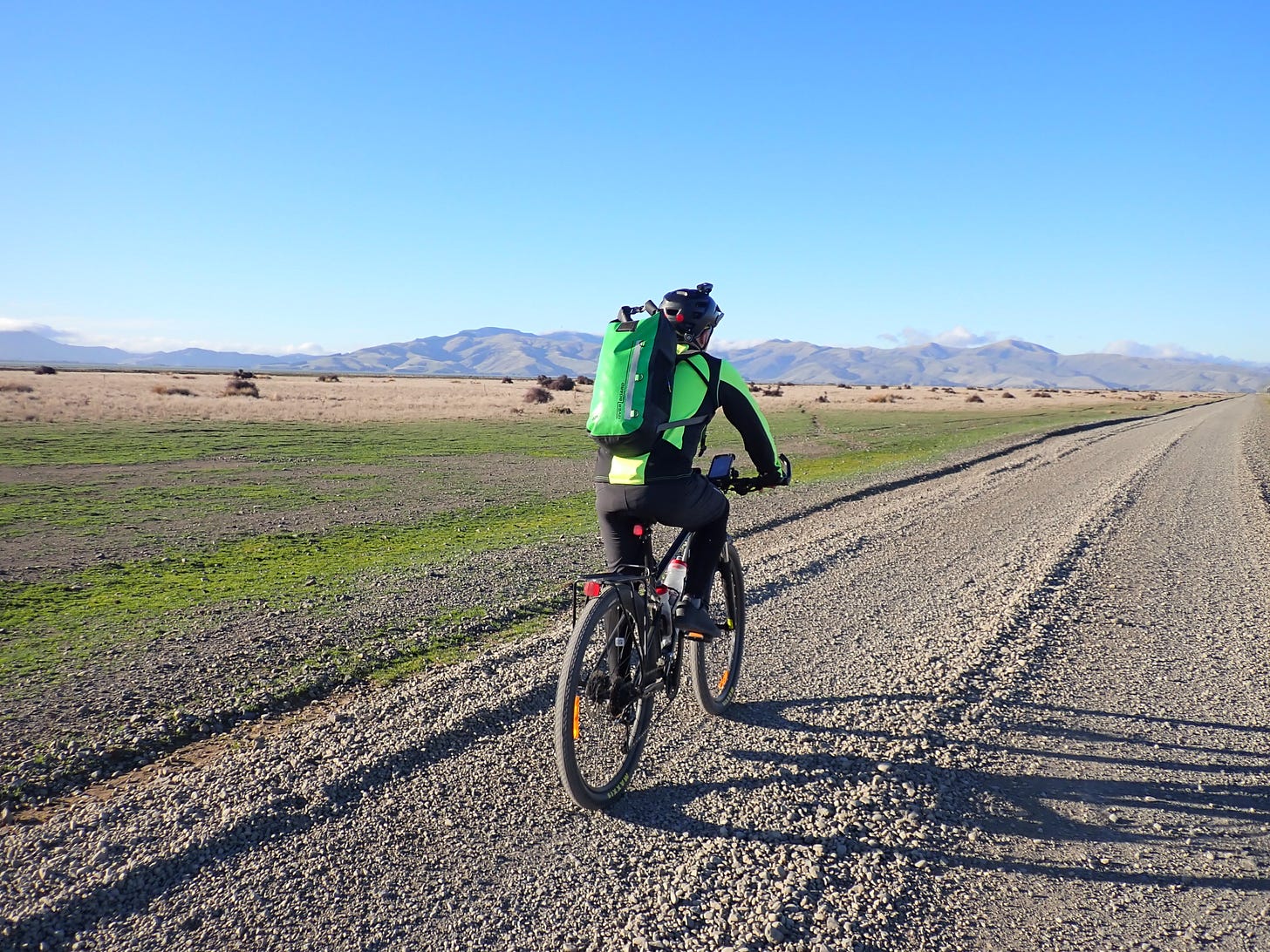

The scenery especially across the lake is amazing
For a ‘don’t leave town until you’ve seen the country’ experience we had a lovely mini break by biking from home ( central ChCh ) to Little River and stayed the night at the Silo accommodation. The journey back the next day was memorabke for the clouds of midges and a brooding kamikaze magpie. Neither were avoidable. What was avoidable however, was the return easterly wind which came up during the morning ride. A leisurely lunch at Lincoln, then pop the bikes on the bus and back to the city effortlessly. Not a smidgen of guilt either. Its a great trail…..